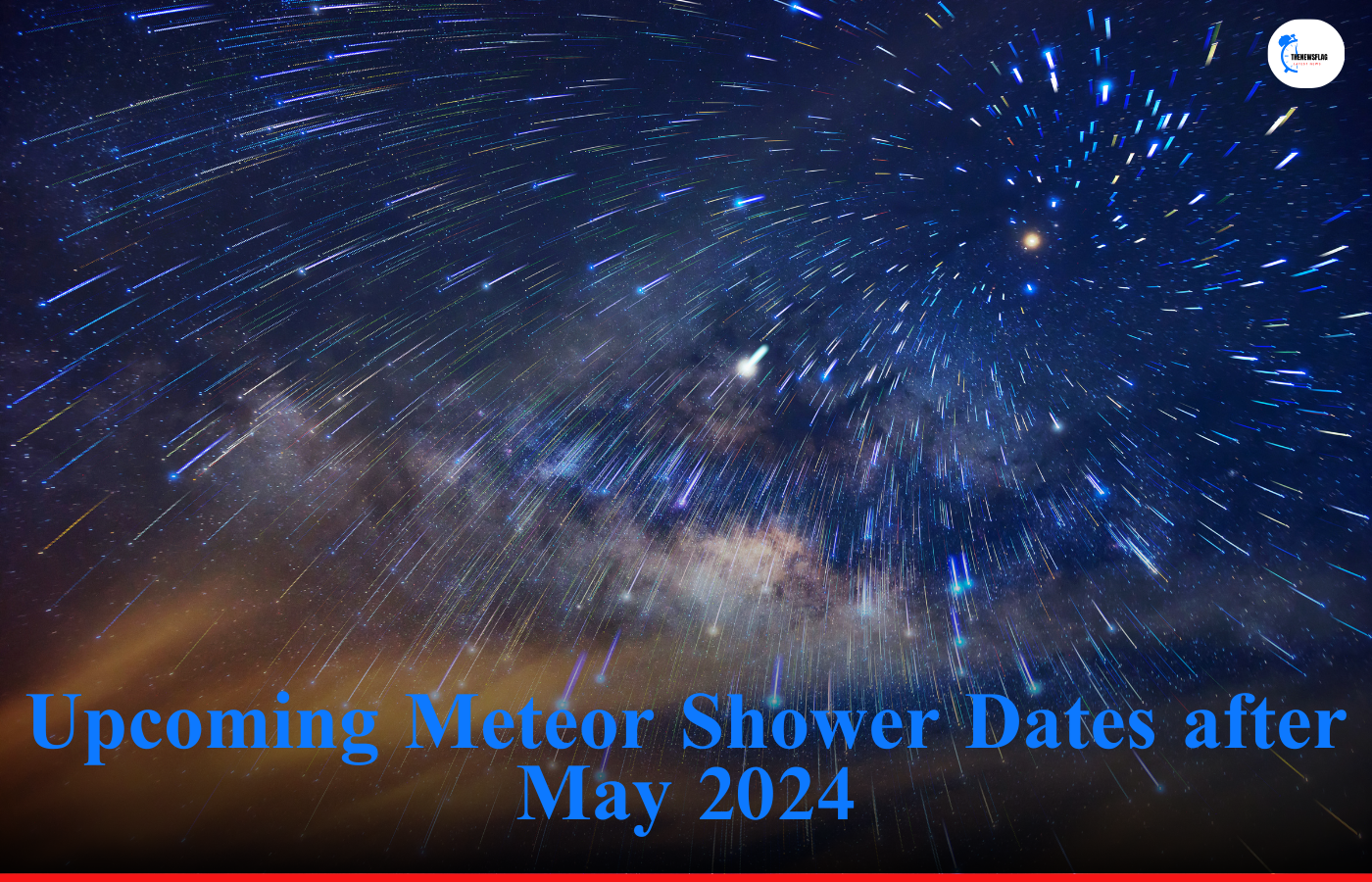Upcoming Meteor Shower Dates after May 2024: The source of the Eta Aquarius meteor shower is Halley’s comet. Earth crosses the comet’s orbital path each spring between April and May, causing small grains of rock and dust shed by the comet to strike our planet’s atmosphere and create a dazzling meteor display. It happens again in October, resulting in the Orionid meteor shower.
See Also | Did Voyager 1 leave the Milky Way? Is NASA worried about Voyager 1?
During the period when the meteor shower is expected to peak — in the early morning hours of Sunday and Monday, according to EarthSky — the moon, in its new moon phase, will only be 6% illuminated. Experts suggest keeping an eye on the sky between 2 and 5 a.m. local time.
Upcoming Meteor Shower Dates after May 2024
Upcoming Meteor Shower Dates after May 2024 are given below in different regions.
Southern Delta Aquariids: July 29-30
Alpha Capricornids: July 30-31
Perseids: August 11-12
Draconids: October 7-8
Orionids: October 20-21
Southern Taurids: November 4-5
Northern Taurids: November 11-12
Leonids: November 17-18
Geminids: December 13-14
Ursids: December 21-22

What are the full Moon Dates in 2024?
Each month’s full moon is associated with a specific name, according to the Farmers’ Almanac. But the full moons have a variety of names and meanings, according to different Indigenous tribes.
May 23: Flower moon
June 21: Strawberry moon
July 21: Buck moon
August 19: Sturgeon moon
September 17: Harvest moon
October 17: Hunter’s moon
November 15: Beaver moon
December 15: Cold moon
What are the Upcoming Solar and lunar eclipses in 2024?
An annular solar eclipse will occur in the sky on October 2 over parts of South America. This type of eclipse is similar to a total solar eclipse, except the moon is at the farthest point in its orbit from Earth, so it can’t completely block the sun. Instead, annular solar eclipses create a “ring of fire” in the sky as the sun’s fiery light surrounds the moon’s shadow.
A partial lunar eclipse, when Earth moves between the sun and the full moon without being perfectly aligned, will appear over Europe and much of Asia, Africa, North America, and South America between September 17 and 18.